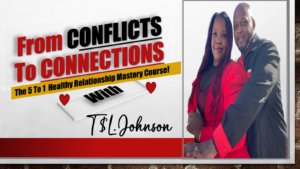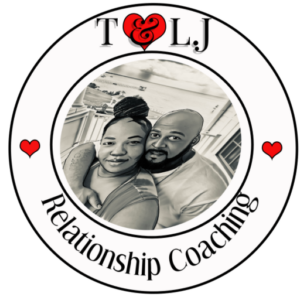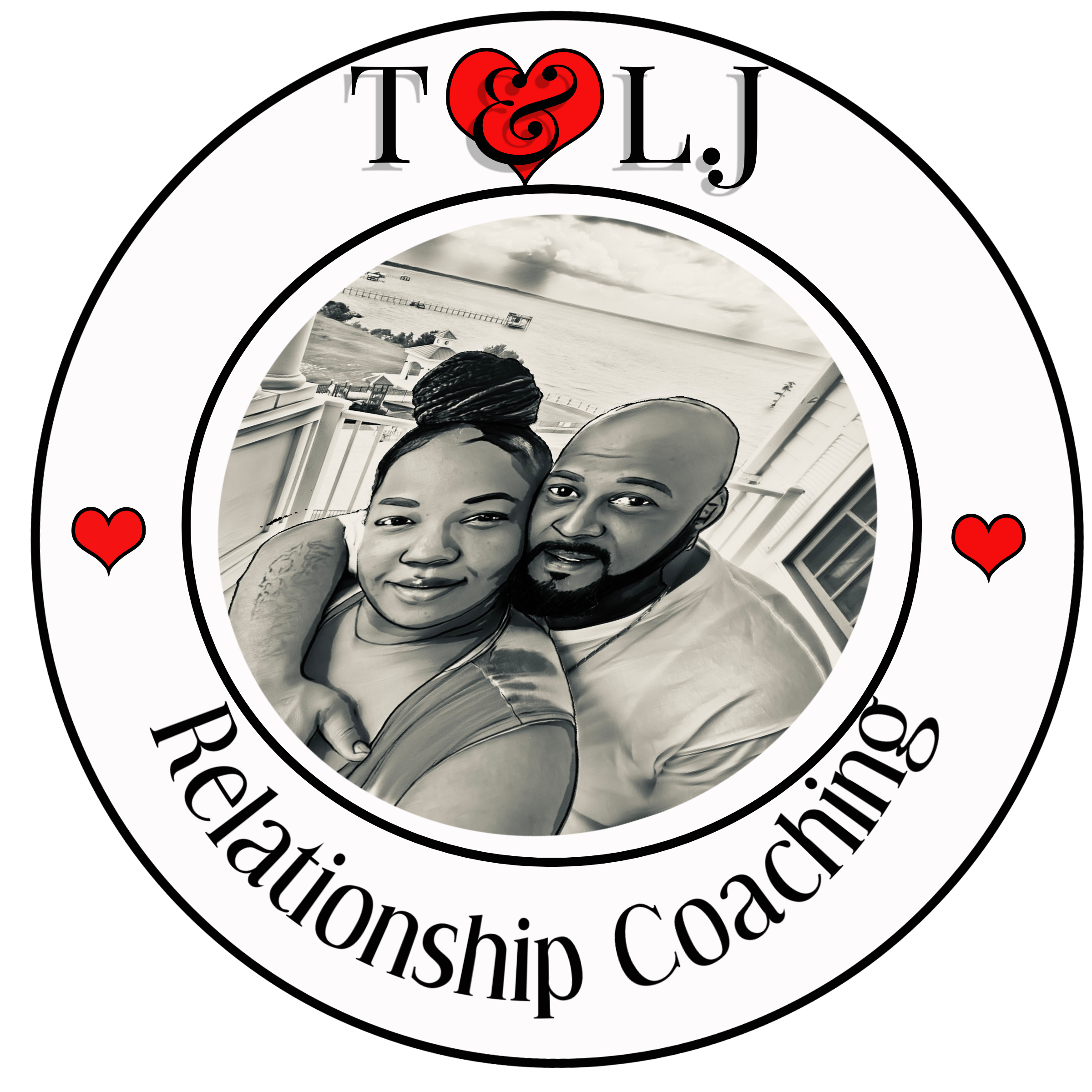Listening vs. Hearing
Understanding the Concept
Let me kick things off by saying that hearing is something we do all the time, often without even thinking about it. You might be in a crowded café, and you can hear snippets of conversations around you. But listening? That’s a whole different ballgame. Listening requires focus and intention. It’s about engaging with what the other person is saying, rather than just letting the sounds wash over you.
From my own life experiences, I’ve found that most folks think they’re great listeners. But if you take a closer look at how you really respond, you might realize that you’re often just nodding along while your mind is elsewhere. That’s not a great recipe for building genuine connections.
So, the first step in making that leap from hearing to listening involves acknowledging this fundamental difference. It’s a shift in mindset that can elevate every conversation you have, whether it’s with a close friend or someone you’re meeting for the first time.
The Impact of Active Listening
Now let me share a little nugget: active listening can seriously change the game. When you really listen, you’re not just taking in words; you’re tuning into emotions and the nuances behind what’s said. I remember a chat with a friend who was going through a tough time. Instead of interjecting with my usual advice, I just listened. You know what happened? She felt validated and understood at a level I’d never managed before.
Active listening can be practiced. One technique that works well is to summarize what the other person says and reflect it back to them. This doesn’t just show that you’re engaged; it also allows the person to clarify anything that might have been lost in translation. Trust me, it deepens the connection, and you’ll start seeing relationships flourish.
Investing time in truly listening can be challenging, especially in our fast-paced world, but it pays off. You’re not just hearing sounds; you’re making people feel valued and heard—two things that are incredibly important in any relationship.
Building Empathy Through Listening
Empathy is one of those buzzwords we hear a lot these days, but it’s more than just a trend. When we listen actively, we step into the other person’s shoes. This is where the art of understanding truly begins. For me, the more I listen, the more I can empathize with others’ experiences and feelings. It’s like uncovering layers of a story.
When we approach conversations with empathy, it encourages openness. I’ve found that when I let someone know I genuinely want to understand them, they feel safer sharing their world with me. This creates a comfortable environment where deeper discussions can thrive.
So, how can you cultivate empathy through listening? Start by engaging with an open heart and mind. Ask follow-up questions, and be mindful of the emotions that are being expressed. Whether it’s joy, sadness, or frustration, acknowledging these feelings can lead to greater understanding and connection. That’s where the magic really happens!
The Role of Communication Skills
Enhancing Verbal Communication
Now, let’s talk communication skills—but don’t tune out! This is crucial. We often think of communication as just talking, but it involves so much more than that. It’s about framing your thoughts clearly, using the right tone, and even choosing the right timing. In my experience, a well-timed pause can say more than a thousand words.
Every conversation is an opportunity to practice and improve communication skills. Be mindful of the words you choose and how they may be received. There have been times I’ve used sarcasm, only for the message to get totally derailed. Keeping the tone genuine and warm works wonders in aligning the conversation.
Additionally, don’t shy away from expressing your thoughts clearly and succinctly. When we’re open and straightforward, it creates an atmosphere of trust and clarity. People are more likely to open up when they feel you’re not just there to talk but to share a genuine exchange.
Non-Verbal Communication Matters
Believe it or not, a lot of communication happens outside of spoken words. Eye contact, facial expressions, and body language all send powerful messages. I’ve had conversations where my body language said ‘I’m not really interested’ even though my mouth said otherwise. It’s a hard truth, but our bodies often give away what we truly feel.
To connect more effectively, be aware of your non-verbal cues. Lean in when someone is speaking, maintain eye contact, and use open body language. These gestures can communicate intention and understanding. It sounds simple, but you’d be surprised how many folks overlook these vital elements.
Practice tuning into the non-verbal language of others as well. If someone seems uneasy or uncomfortable, their body language will hint at it. By acknowledging these clues, we can adapt our conversations to facilitate understanding and comfort.
Cultivating Emotional Intelligence
Emotional intelligence (EI) plays a massive role in how we relate to one another. It’s about being aware of our own emotions and those of others. I’ve noticed that when I’m in tune with my feelings, I’m much better at connecting with others. It’s like flipping a switch that opens up deeper, more meaningful dialogues.
In simpler terms, EI allows us to navigate social complexities with grace. You ever find a conversation veering off course? In those moments, someone with high emotional intelligence can redirect discussions constructively, and that’s where things get real. We need to read situations and respond appropriately—just like a dance!

To nurture your emotional intelligence, practice self-awareness and reflection. Ask yourself how your feelings affect your interactions. Over time, as you get the hang of this, you’ll start noticing shifts in how you communicate and how others respond. It’s a beautiful evolution, trust me!
Creating an Environment of Understanding
Establishing a Safe Space
Creating an environment where everyone feels safe to express themselves is crucial. When I think back on the most meaningful conversations I’ve had, they always happened in spaces that felt safe and cozy—like a quiet corner of my favorite café or during a relaxing walk in the park.
Encouraging open dialogue is all about fostering safety. I’ve learned that it helps to remind people that it’s okay to share their feelings and thoughts without fear of judgment. This can be as simple as setting clear expectations before diving into a heavy topic.
Always lead with openness—showing that you are not only ready to listen but also that you’re there to support. This approach takes time, but it’s essential for making deep connections that go beyond surface-level chatter.
Encouraging Honest Dialogue
Honesty is the backbone of understanding. If I’m being real with you, sharing our thoughts openly is often one of the hardest things to do. I’ve been in conversations where I tiptoe around the truth out of fear of upsetting the other person, but I’ve learned that’s not the way to go. It’s not just about honesty; it’s about honesty wrapped in care.
Encourage others to share their truths by being vulnerable yourself. When I open up about my experiences, it invites others to reciprocate. This exchange can lead to better understanding and empathy, fostering an environment that truly values each person’s perspective.
It’s also important to remember that honest dialogue doesn’t mean being harsh. Strive to frame your thoughts with kindness. Learning to strike that balance is a skill worth honing, and it creates a foundation for growth in relationships.
Valuing Each Individual’s Perspective
In any conversation, we must remember that everyone has their own unique story to tell. Valuing each individual’s perspective is vital for understanding, and I believe it’s at the heart of transformative discussions. When people feel that their viewpoint matters, they’re much more likely to share openly and authentically.
Take the time to acknowledge different perspectives, even if they don’t align with your own. It’s like adding a splash of color to a black-and-white canvas. I’ve found that this not only enriches conversations but also strengthens bonds. Mutual respect paves the way for deeper understanding.
Always express gratitude to your conversation partners for sharing their insights. You’d be amazed at the difference it makes. This simple act can encourage a healthy exchange where all parties feel respected and valued, ultimately leading to a more enriching understanding.
Conclusion
To wrap things up, understanding is what turns a basic exchange into a meaningful conversation. It’s all about making that shift from merely listening to truly engaging with what people share. Whether you’re enhancing your empathetic response, refining your communication skills, or cultivating an environment of understanding, each step you take brings you closer to forging unbreakable connections. I hope this article encourages you to embrace the journey of understanding in your conversations!
FAQ
1. What is the main difference between being heard and being understood?
Being heard refers to the act of someone simply listening to your words, whereas being understood means that person truly comprehends the feelings and intent behind those words. Understanding goes beyond just the surface level, connecting deeper with the emotional aspect.
2. How can I improve my active listening skills?
Improving your active listening skills involves focusing on the speaker, summarizing what they say, and asking clarifying questions. Practicing mindfulness during conversations can significantly enhance your listening abilities.
3. Why is empathy important in communication?
Empathy allows you to connect emotionally with others, fostering trust and openness. It helps create an environment where people feel safe to share their thoughts, leading to more meaningful conversations.
4. What role does body language play in communication?
Body language conveys emotions and attitudes that might not be expressed verbally. Being aware of your own non-verbal cues and those of others can greatly enhance understanding in conversations.
5. How can I create a safe space for open dialogue?
To create a safe space, encourage openness by establishing clear expectations, expressing understanding, and valuing others’ perspectives. Show vulnerability yourself to foster trust and mutual respect.

Schedule Your First 20-Minute Coaching
Call With Us Today to see if we fit . You pick the price!
Click Here




